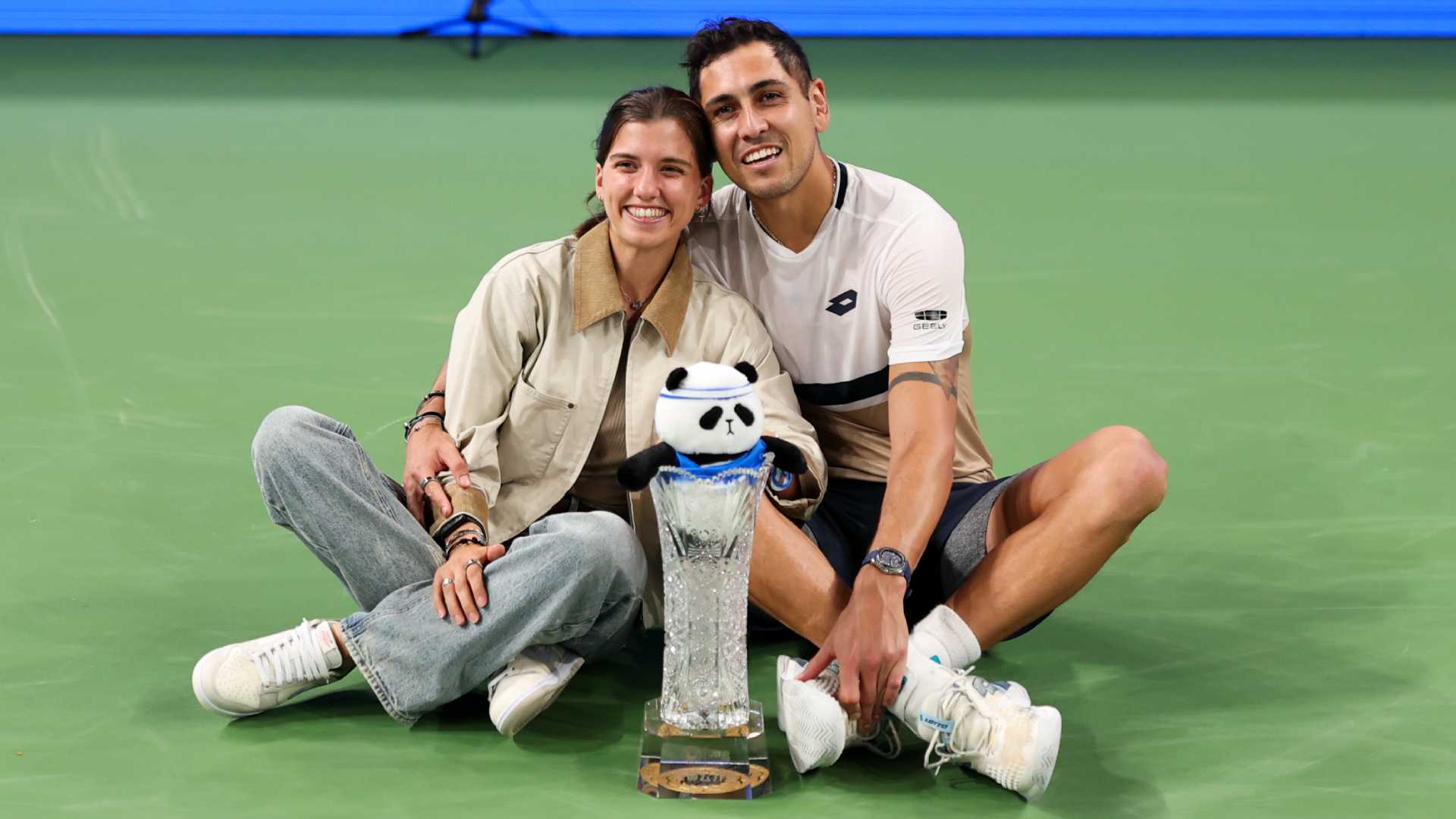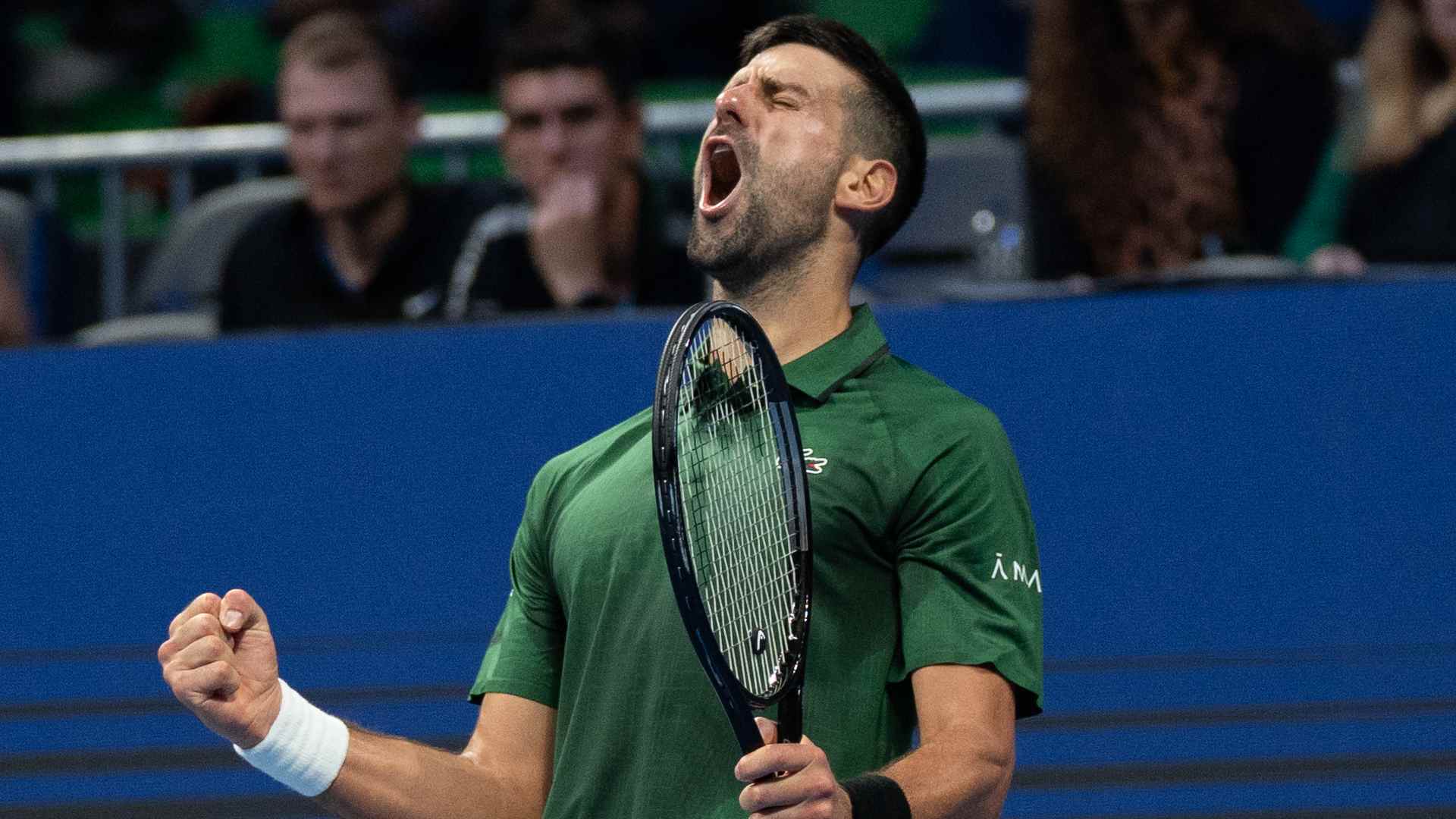Chengdu and the Grand Slam Arc: The 2025 Season’s Late-Season Pivot
As October turns, the calendar’s majors anchor the year while an Asia swing, led by a Chengdu-based stop, tests players’ adaptability. Rising talents recalibrate tactics, and biomechanics underpins the pace, spin, and rhythm that define the closing weeks toward the Nitto ATP Finals.

As of October 1, the Grand Slam calendar remains the season’s spine, structuring preparation, travel, and the race for late-year momentum. The Australian Open in Melbourne runs January 12–26; the French Open at Roland Garros in Paris unfolds May 19–June 8; Wimbledon in London takes place June 30–July 13; and the U.S. Open in New York is staged August 18–September 8. The cadence around these majors continues to define training cycles, equipment choices, and seed allocations as players chase form into the Asia swing and the hard-court finale.
Around the majors, the late-season map tilts toward a China-based arc that anchors a set of 250-level events and a race toward the year-end finals. The Chengdu-based stop acts as a testing ground for adaptation to pacing and travel demands, linking clay-season sturdiness to spring-like speed on faster courts and the variety required to navigate indoor contingencies later in the year.
Calendar snapshot and late-season arc
In this cycle, a blend of established names and rising contenders is reshaping the late-season rhythm. The players who have helped redefine the cadence in 2025 include Jannik Sinner, Lorenzo Musetti, and Alejandro Tabilo, each deploying a broader tactical idiom that blends inside-out and inside-in pressure with crosscourt angles and down-the-line finishes. The Chengdu Open sits at the heart of this push, functioning as a barometer for how players translate practice habits into match play across surfaces. On social channels the dialogue has been loud, with posts from @ChengduOpen and the #ChengduOpen fueling debate and highlights, including a widely shared clip hosted on pic.twitter.com/aSIA5o2Pow. The resonance of that clip surged again after a post dated September 23, 2025.
From a tactical standpoint, the season’s winners rely on sequences that begin with controlled returns and prime the rally with a sharp inside-out or inside-in transition, before finishing with a crosscourt or down-the-line decision. This pattern is evident in the way players engineer angles and pace, pressing opponents off the baseline while preserving balance to reset for the next ball. The Nitto ATP Finals remains the aspirational endpoint for the year, with all roads converging on London as the calendar narrows toward the final eight.
In the broader science of shotmaking, a recurring motif is the balance of pace and placement. Per ATP Tour analytics, the most effective patterns leverage the kinetic chain: a strong leg drive, hip rotation, and a stable torso frame translate into cleaner contact and faster pace on both wings. This biomechanical architecture supports the inside-out forehand and inside-in drive that have become hallmarks of the season’s most reliable performers, particularly on outdoor hard courts and during the longer rallies on transitioning surfaces encountered in the autumn.
Two biomechanical threads stand out in 2025: first, the lower-body sequencing that loads energy through the ground before release at contact; second, the upper-body timing that leverages extended racket head speed without destabilizing stance. Players who optimize these elements produce more consistent winners with less effort, enabling sustained high-intensity exchanges across long matches and maintaining balance when injecting pressure with short, compact strokes on crucial points.
Data remains a focal point as the season closes. A compact data note helps crystallize the numeric tempo of the circuit’s movement: 6, 3, 2, 7, 5, 1, 4, 23, 2025, 13, 250, 29, 37, 21, 44, 2022, 10, 40, 72, 100.
— ATP Tour (@atptour) September 23, 2025


